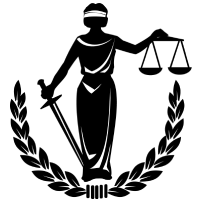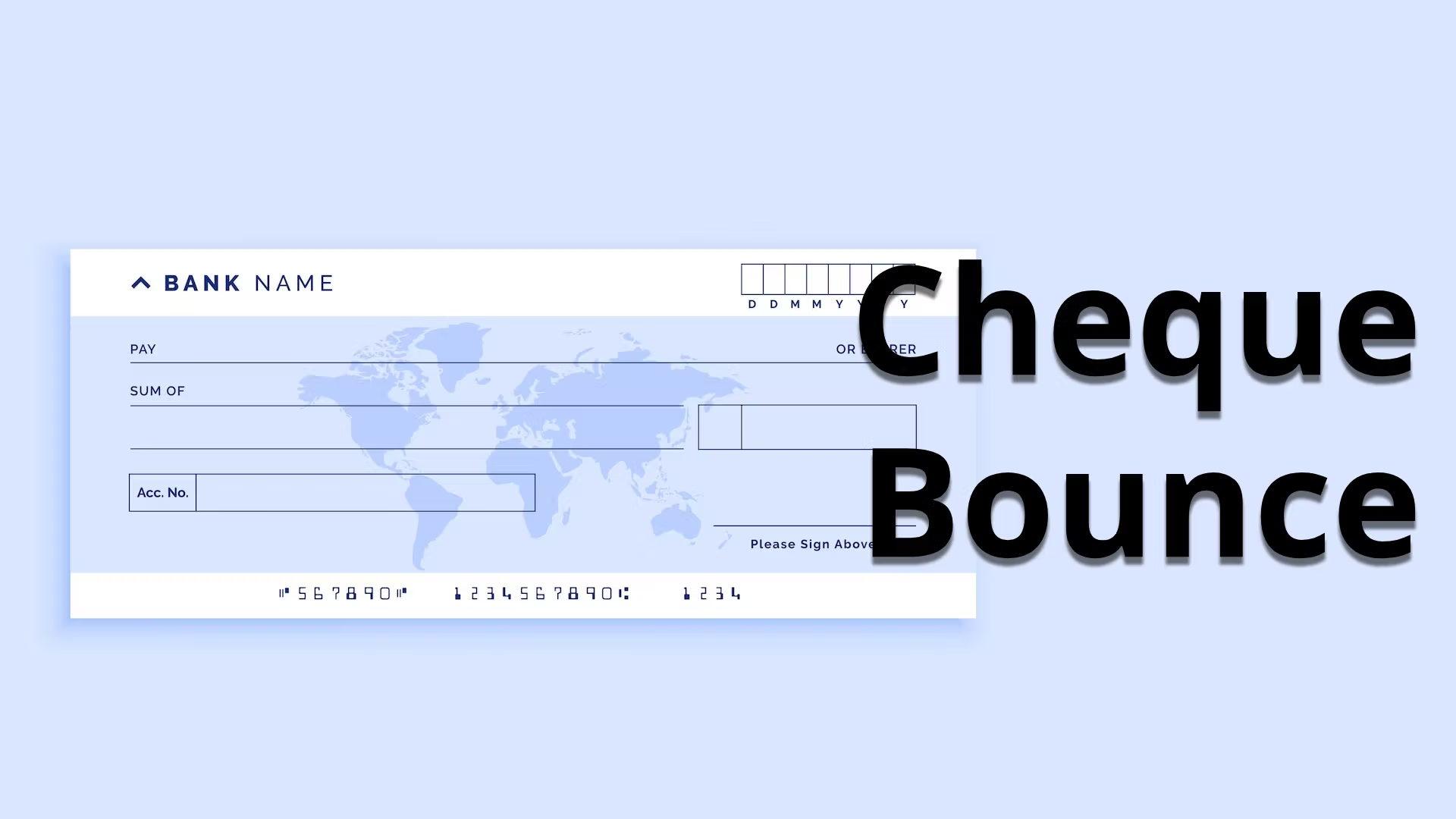Cheque bounce is a cognizable offence in India under Section 138 of the Negotiable Instrument Act, 1881, and can attract a penalty and/or imprisonment of up to 2 years. Get Legal Advice On Cheque Bounce from Adarsh Singhal and Its Associates.
4 Commonest Reasons for Cheque Bounce
- Insufficient funds: Before you issue a cheque (the person who issues a cheque is called the drawer), make sure you have sufficient funds in your bank account so that the cheque is not dishonoured or does not get bounced. The bank can charge you a penalty for cheque bounce, and you may need to hire a Cheque Bounce Lawyer.
- Wrong information on the cheque: Please check the details you fill in the cheque before submitting or giving it to the payee (the person to whom you issue the cheque). Any wrong details, such as the wrong date, amount, or name, can lead to a bounced cheque.
- Overwriting on the cheque: The bank disregards a cheque that has overwriting or scribbling on it. Make sure you fill in the details correctly in the first attempt.
- Signature mismatch: Ensure that you do exactly the same signature that is recorded in the bank for which you are drawing the cheque; otherwise, the bank will dishonour the cheque.
Other reasons are:
- Closure of the drawer’s bank account.
- If the drawer withholds payment on the cheque (after issuing it).
- Overdraft limits exceeded.
- Difference in the amount written in words and that written in figures on the cheque.
- Wrong account number written on the cheque.
- The cheque has expired or has become invalid. This happens after 3 months from the date of issuing the cheque.
How Does a Person Know That the Cheque Is Bounced?
When the drawer is liable to pay a certain amount to the payee, they issue a cheque. The validity of this cheque is 3 months from the date of issue. The payee now goes to their bank and deposits the cheque. If there is a problem with the cheque or if there are insufficient funds in the drawer’s account, the drawer’s bank will dishonour the cheque and send a “cheque return memo” to the bank of the payee. The payee’s bank will forward this memo to the payee.
Now, it is up to the payee to file a complaint against the drawer or contact the drawer informing them about the bounced cheque.
As a payee, you have the legal right to file a complaint against the drawer and prosecute them.
Sending a Legal Notice for Cheque Bounce And Legal Advice On Cheque Bounce
You must send a legal notice within 30 days of receiving the Cheque Return Memo. The drawer gets a period of 15 days to respond to the notice.
If the drawer pays off the complete amount as written in the cheque to the payee within 15 days, then there will be no criminal case against them.
If the drawer does not pay within the said time, the payee can file a case in the competent court. It should be done within 30 days of the expiry of the 15-day time period of the legal notice.
Let me know if you’d like any further modifications!

